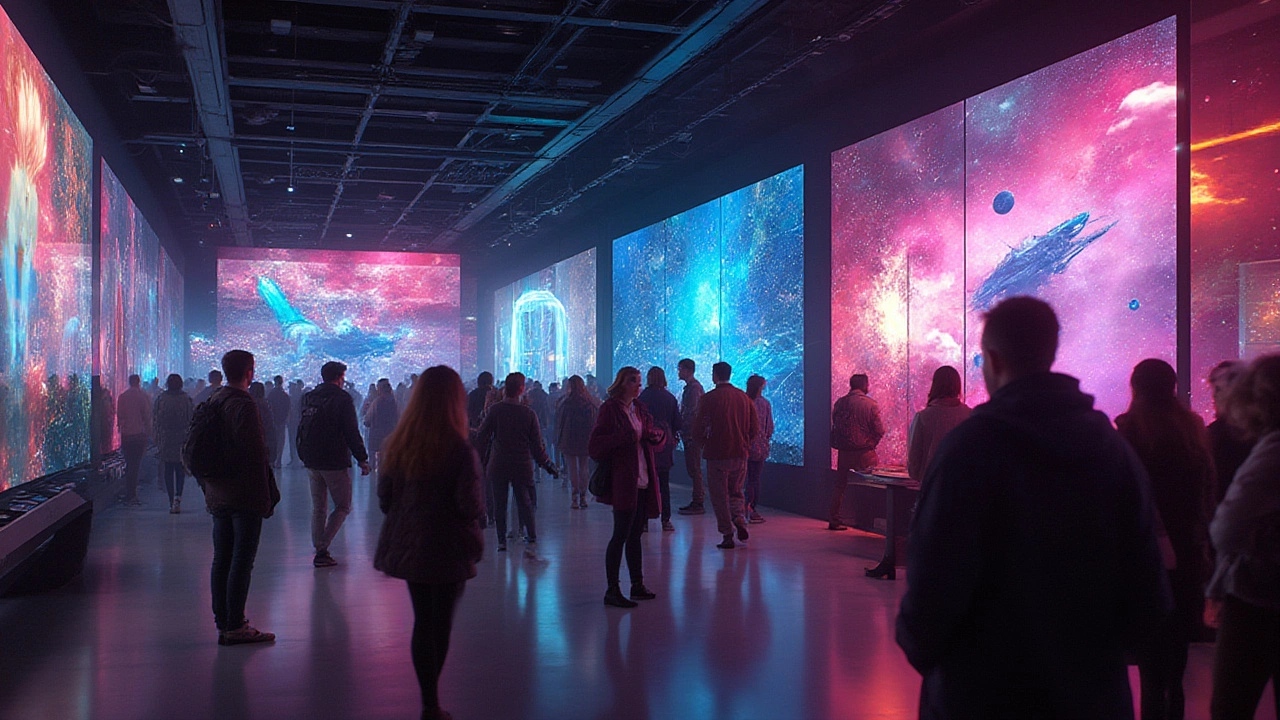AI Art – What It Is and How to Get Started
AI art is any image, animation, or design that a computer creates with help from artificial intelligence. You give the system a prompt or some input, and the algorithm churns out a picture that matches your description. It’s not magic; it’s a mix of data, math, and a bit of creativity from the user.
There are dozens of tools out there, from free web apps to professional software. Some popular ones are DALL‑E, Midjourney, Stable Diffusion, and NightCafe. Most of them work in the browser, ask you to type a short sentence, and then show a gallery of results within seconds. You can tweak the prompt, change the style, or rerun the generation until you like what you see.
Why should you care about AI art? First, it lowers the barrier to entry. You don’t need to be a painter or illustrator to bring an idea to life. Second, it speeds up the brainstorming phase for designers, marketers, and content creators. Third, it opens a new aesthetic space that blends human imagination with machine patterns.
Why AI Art is Changing Creative Workflows
Speed is the biggest win. What used to take days of sketching and painting can now be done in a few clicks. That means you can test more concepts, get feedback faster, and move projects along quicker. It also helps freelancers who need fresh visuals on tight deadlines.
Accessibility is another game‑changer. You only need an internet connection and a clear idea to produce high‑quality visuals. No expensive supplies, no studio space, no long learning curve for traditional techniques.
Finally, AI introduces styles you might never try on your own. The algorithms have been trained on millions of artworks, so they can blend surrealism, cubism, and photorealism in ways that surprise even seasoned artists. This cross‑pollination fuels new trends and pushes the whole art community forward.
Practical Steps to Create Your First AI Piece
Step 1 – Choose a tool. If you’re just testing the waters, start with a free tier of Midjourney or DALL‑E. Sign up, verify your email, and you’re ready to type a prompt.
Step 2 – Brainstorm a clear prompt. Think about the subject, style, colors, and mood. Instead of vague “a tree,” try “a towering oak tree at sunset, painted in watercolor style with soft pink and gold hues.” The more specific you are, the better the result.
Step 3 – Run the generation. Hit the button and wait a few seconds. You’ll get several variations. Pick the one that fits your vision, or ask the tool to refine it with additional instructions.
Step 4 – Edit if needed. Most platforms let you upscale, add details, or blend two images together. Use these features to sharpen details or change the composition.
Step 5 – Export and use. Download the final image in the resolution you need. Now you can add it to a portfolio, a social post, or a client presentation.
Remember, AI art is a collaboration. The better you communicate your idea, the better the output. Experiment with different prompts, mix styles, and don’t be afraid to fail – each attempt teaches you more about how the algorithm thinks.
Explore other posts on our site for tips on traditional painting, sculpture, and digital workflows. Combining classic techniques with AI can give your work a unique edge and keep your creative practice fresh.
Ready to give AI art a try? Grab a tool, write a prompt, and watch the magic happen. You’ll be surprised how quickly a simple idea can turn into a striking visual.

